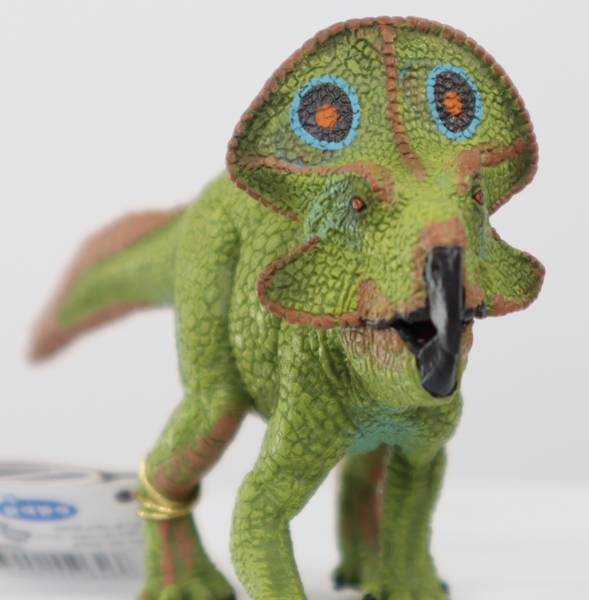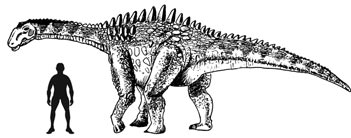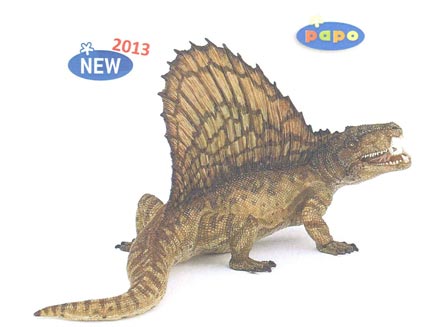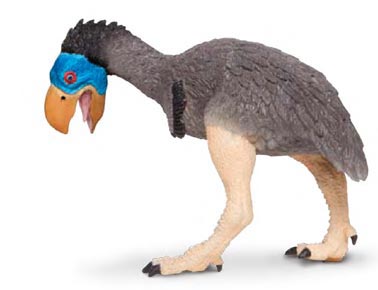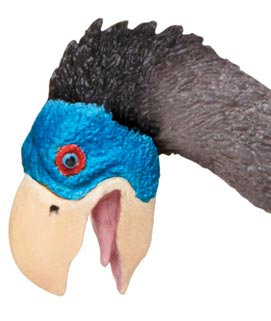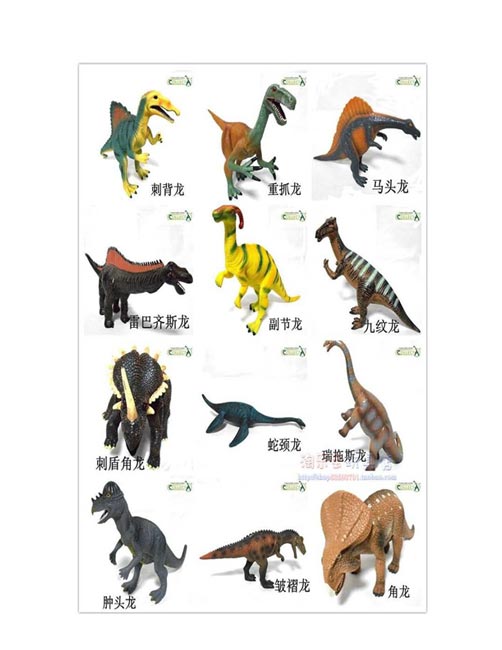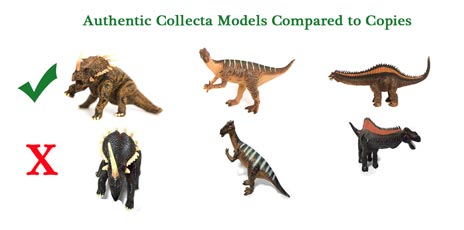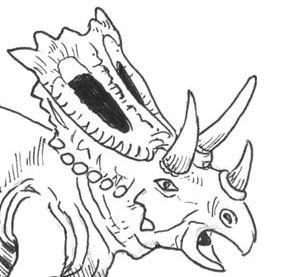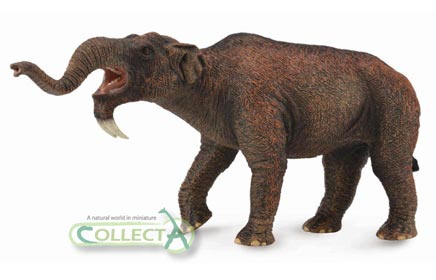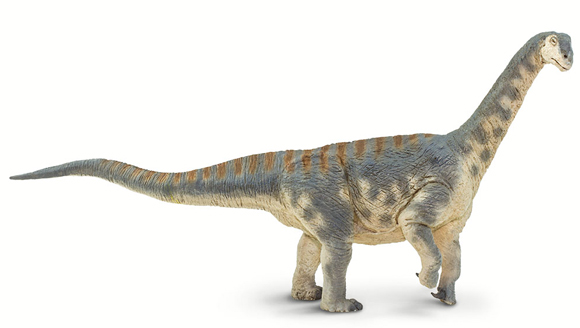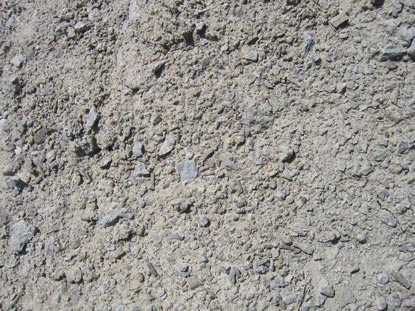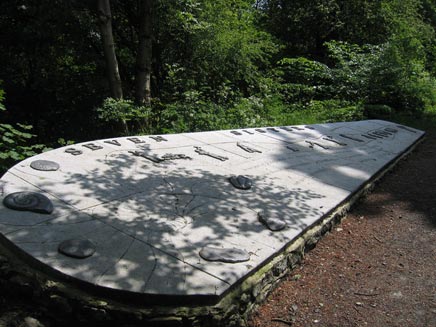American Poll About Pets Reveals Some Surprising Answers
A Dinosaur as a Pet?
A survey carried out by an American polling agency has revealed some surprising information about American pet owners, attitudes to pets and animals in general. Americans love their pets, we know lots of pet owners in the UK and we concur, however, some of the survey results did raise a few eyebrows when team members at Everything Dinosaur read about the market research.
Dinosaurs as Pets
For example, twenty percent of those who took part stated that they preferred to spend time with their pet than with people, this is understandable to a point but then eighteen percent of those polled said that they believed in the Loch Ness Monster.
When it came to thinking about animals that scare people, it was not really surprising that snakes came out on top in this telephone survey. We have encountered a few snakes on our travels, its not that they are that scary in reality, most snakes quickly move off when people approach, but we do seem to come across them unexpectedly and the surprise of seeing one can give you a “Mohican neck moment” as one of our colleagues calls it.
Scary Animals
Other animals regarded as scary in the American survey were alligators, bears and sharks. Once again these animals tend to have a bad press, although having got a little too close to crocodilians for comfort on a number of occasions we can understand why such animals are feared.
One of the more intriguing sections of this research dealt with people’s attitudes to exotic pets. When asked to name a “fantasy exotic pet” twenty-six percent stated that they would opt for a tiger. A further twenty percent said they would have a giraffe. Sixteen percent said they would choose an elephant, expect some “jumbo” rhubarb if you had to look after a member of the Proboscidea.
A Dinosaur as a Pet
Eighteen percent would pick a dinosaur as a pet, this was most certainly a surprise to us, as if this were possible, most of the Dinosauria would make very unsuitable pets. However, it was a light-hearted survey and it got us thinking about what dinosaurs might possibly prove to be suitable for life in and around people’s homes.
When Everything Dinosaur team members visit schools to deliver dinosaur and fossil themed workshops we do get asked by year 1 and year 2 students about which dinosaurs would make the best pets. Large carnivores should be avoided, after all, you don’t really want these dinosaurs to “bite the hand that feeds them” and any really big dinosaurs would be not be suitable.
Perhaps a small ornithopod like Gasparinisaura or a primitive Asian horned dinosaur such as the metre long Graciliceratops, or even one of the smaller members of the “Bone Headed” dinosaurs.
Would a Protoceratops Make a Good Pet?
Picture credit: Everything Dinosaur
The picture (above) shows a Papo Protoceratops dinosaur model.
To view the Papo “Les Dinosaures” range: Papo “Les Dinosaures” Models and Figures”.
It is an interesting thought, given the twelve hundred or so different known dinosaur genera, which of these animals would make a suitable domestic companion?
It might prove prudent to stick with cats, dogs, rabbits, goldfish, guinea pigs…


